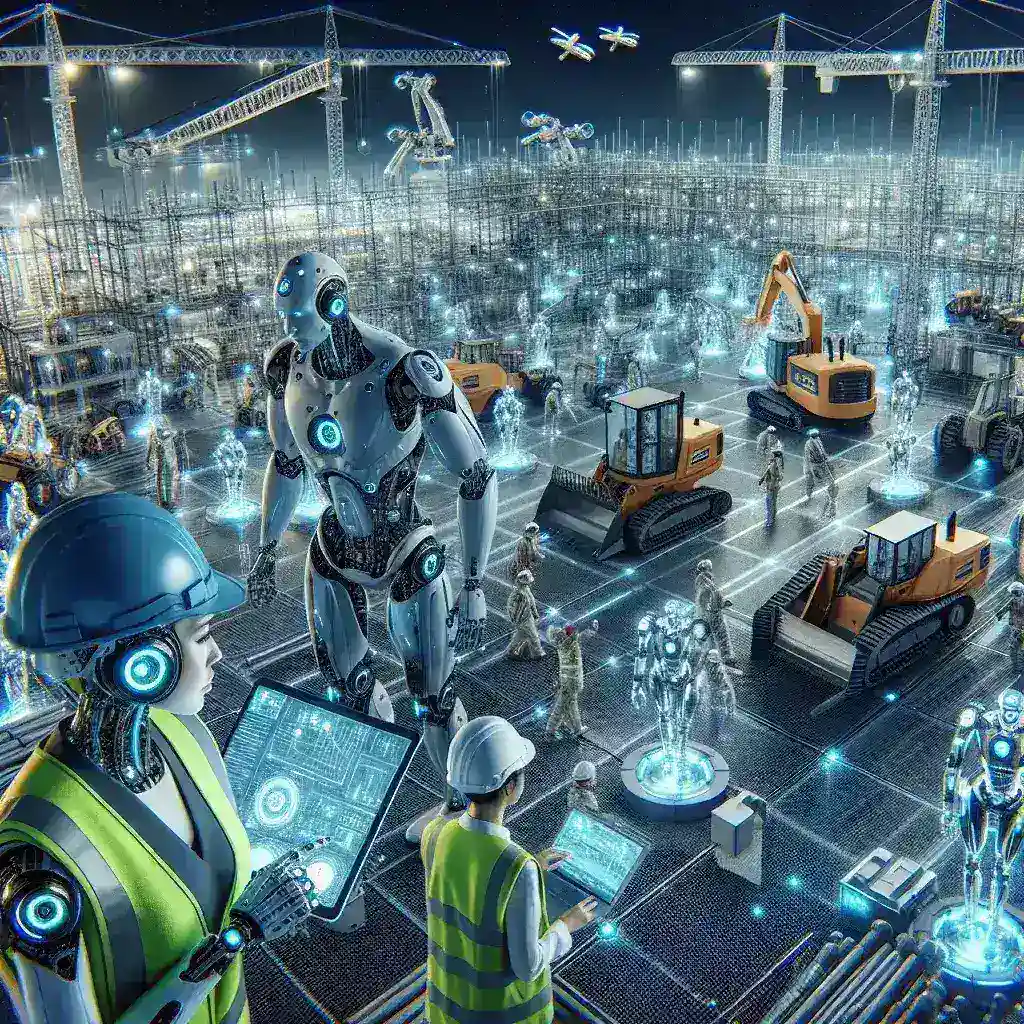Introduction
The construction industry is undergoing a remarkable transformation, largely driven by advancements in robotics and automation. As projects become larger and more complex, the integration of robotics offers innovative solutions to enhance efficiency, safety, and productivity.
Advantages of Robotics in Construction
- Increased Efficiency: Robotics can perform repetitive tasks faster than human laborers, resulting in quicker project completion times.
- Improved Safety: By utilizing robots for hazardous tasks, such as demolition and material handling, the risk of injury to workers is significantly reduced.
- Cost Savings: Although initial investments in robotic systems can be high, the long-term savings in labor costs and project duration justify the expenditure.
- Enhanced Precision: Robotics technology allows for high precision in tasks like bricklaying and surveying, leading to better quality construction.
Current Applications of Robotics in Construction
1. Automated Machinery
Automated machines, such as robots for 3D printing, are revolutionizing the construction landscape. They can create complex structures layer by layer, leading to innovative designs that were previously difficult to achieve.
2. Drones
Drones are being increasingly used for surveying and mapping construction sites. This technology enables real-time monitoring of the project’s progress and offers aerial views to assist in planning.
3. Robotic Arm Systems
Robotic arms are designed to handle repetitive tasks such as painting, welding, and bricklaying. They increase productivity and ensure uniform quality across construction tasks.
4. Exoskeletons
Wearable robotic exoskeletons are being developed to enhance human capabilities on-site. These devices can assist workers in lifting heavy materials, reducing strain and injury.
Challenges in Implementing Robotics
- High Initial Costs: The investment in robotic technology can be prohibitive for smaller construction firms.
- Limited Flexibility: Many robotic systems are designed for specific tasks, making it difficult to adapt them to varying construction processes.
- Skilled Workforce Requirements: Implementing robotic solutions requires a skilled workforce capable of managing and maintaining high-tech equipment.
The Future of Robotics in Construction
The future looks promising for robotics in construction. Continued advancements in AI and robotics will likely lead to more autonomous systems capable of handling complex tasks. As technology becomes more affordable, we can expect wider adoption across the industry.
Conclusion
In conclusion, robotics is set to play a crucial role in shaping the future of the construction industry. With its ability to enhance efficiency, safety, and quality, the integration of robotic technologies is not just a trend but a necessity for modern construction practices.


Leave a Reply